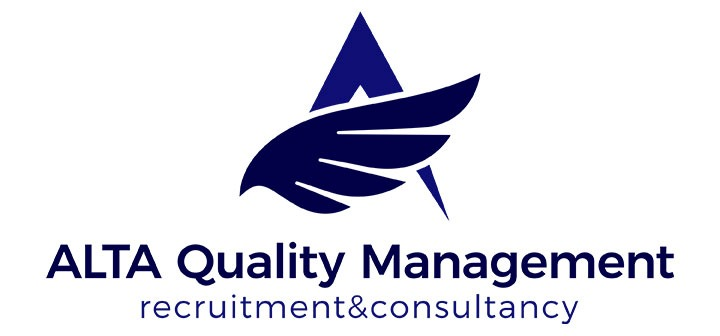
Emergency Services Near Me
Add a review FollowOverview
-
Founded Date 21 juli 1975
-
Posted Jobs 0
-
Viewed 27
Company Description
The Leading Reasons Why People Perform Well At The Emergency Building Repairs Industry
Emergency Building Repairs: An Essential Guide
When faced with the unforeseen difficulties positioned by building emergency situations, quick and effective repairs are essential to protect security, keep functionality, and avoid further damage. Whether it’s a malfunctioning plumbing system, a leaking roofing, or structural damage from extreme weather condition, knowing how to deal with these emergency situations can conserve time, money, and stress. This short article serves as a helpful guide to understanding numerous kinds of emergency situations in building repairs, preventative measures, and actionable actions to take when repairs are required.

Types of Emergency Building Repairs
Understanding the nature of prospective building emergency situations is essential for efficient management. Some of the most typical kinds of emergencies that demand instant repairs include:

| Emergency Type | Description |
|---|---|
| Plumbing Failures | Burst pipes, clogged drains pipes, or malfunctioning faucets. |
| Roof Damage | Leaks, missing out on shingles, or structural damage. |
| Electrical Issues | Power interruptions, torn wires, or home appliance malfunctions. |
| Fire Damage | Damage from fire itself or arising from smoke and water. |
| Structural Issues | Falling apart walls, drooping floorings, or foundation issues. |
| A/c System Failures | Malfunctioning heating or cooling systems. |
The Importance of Timely Repairs
Timeliness is an important element in reliable building repair. Emergency repairs need to be dealt with immediately to minimize danger and further damage. The significance of quick repairs can be summarized as follows:
-
Safety First: Unattended emergencies can position serious Door Security dangers to occupants. For instance, electrical issues can cause fires, while structural problems can lead to collapses.
-
Avoiding Further Damage: The longer an issue persists, the greater the chance of secondary damage. For example, a little leakage might cause mold development or rot if left unaddressed.
-
Cost Efficiency: Timely repairs typically conserve cash in the long run. Small issues can escalate into much larger and more expensive ones if not managed appropriately.
Steps to Take for Emergency Repairs
When confronted with an emergency repair situation, taking instant action is important. Here’s a comprehensive list of actions to follow:
-
Assess the Situation: Determine the degree of the damage and whether it poses any instant dangers.
-
Guarantee Safety: If there is an imminent threat of injury (such as electrical shock or a structural collapse), leave the properties and call emergency services.
-
Shut off Utilities: If necessary, switch off the water, gas, or electrical energy to avoid further damage or hazards.
-
File the Damage: Take photos and notes of the damage for insurance coverage functions. This can streamline the claims process.
-
Contact Professionals: Depending on the seriousness of the scenario, it may be time to contact experts for repairs, such as plumbers, electrical experts, or contractors.
-
Implement Temporary Solutions: Use temporary fixes– such as tarping a leaking roof or utilizing containers to capture dripping water– Residential Boarding Up until irreversible repairs can be made.
-
Make Long-Term Repairs: Schedule professional evaluations and repairs to fix the underlying problems to avoid future emergency situations.
Preventative Measures
Preventing emergencies prior to their event is an essential element of keeping any building. Routine maintenance and assessments can alleviate threats and prolong the life-span of building elements. Here are different preventative procedures to think about:
-
Regular Inspections: Conduct quarterly or biannual evaluations of the building’s important systems– including roofs, pipes, electrical systems, and HVAC units– to identify possible concerns early.
-
Arranged Maintenance: Develop a maintenance schedule for crucial parts such as seamless gutters, HVAC systems, and pipes components.
-
Emergency Kit: Prepare an emergency repair package equipped with essential tools and materials. Include items like duct tape, a wrench, a flashlight, and an emergency treatment kit.
-
Inform Occupants: Inform building residents about emergency procedures and whom to contact in case of a building-related concern.
-
Spending plan for Repairs: Allocate a spending plan for emergency situations in the building’s operating expenses to make sure that funds are available when required.
FAQs About Emergency Building Repairs
1. What is thought about an emergency building repair?
- Emergency building repairs involve immediate attention to problems that posture a security danger or that can result in severe damage if not dealt with immediately.
2. How can I find a reliable professional for emergency repairs?
- Search for licensed and insured contractors; check online reviews and request recommendations. Constantly have their contact details easily available for emergency situations.
3. Should I try to make repairs myself?
- Small, non-technical repairs may be dealt with by house owners; nevertheless, for anything that involves plumbing, electrical, or structural issues, it is smart to include a professional.
4. Are there insurance coverage that cover emergency repairs?
- Yes, numerous property insurance policies include protection for emergency repairs, though specifics can differ by policy. It’s important to contact the insurer for details.
5. How can I prepare my building for emergencies?
- Prepare by carrying out routine maintenance and assessments, informing residents, and producing an Emergency Glass Repair preparedness plan.
Emergency building repairs are often inevitable, but understanding how to tackle them efficiently can minimize tension, keep safety, and help with smoother healing processes. By taking proactive procedures, from regular examinations to preparing an emergency repair set, building residents can be much better positioned to handle any unanticipated circumstances that develop. This preparedness not only safeguards the stability of the structure however also makes sure comfort for all who occupy it.

